As a fan of Monty Python, I’ve always wanted to take a quest to find some of the Monty Python and the Holy Grail locations when traveling around Scotland. Here’s what I found along the way.
My fanaticism for Monty Python isn’t strong as it was in my teens, nor is it the type that elicits constant quotations, references to lumberjacks, dead parrots or the Spanish Inquisition. No this is a deep seated habit that involves collecting rarities, meeting members and traveling across the seas to see their legendary reunion show.
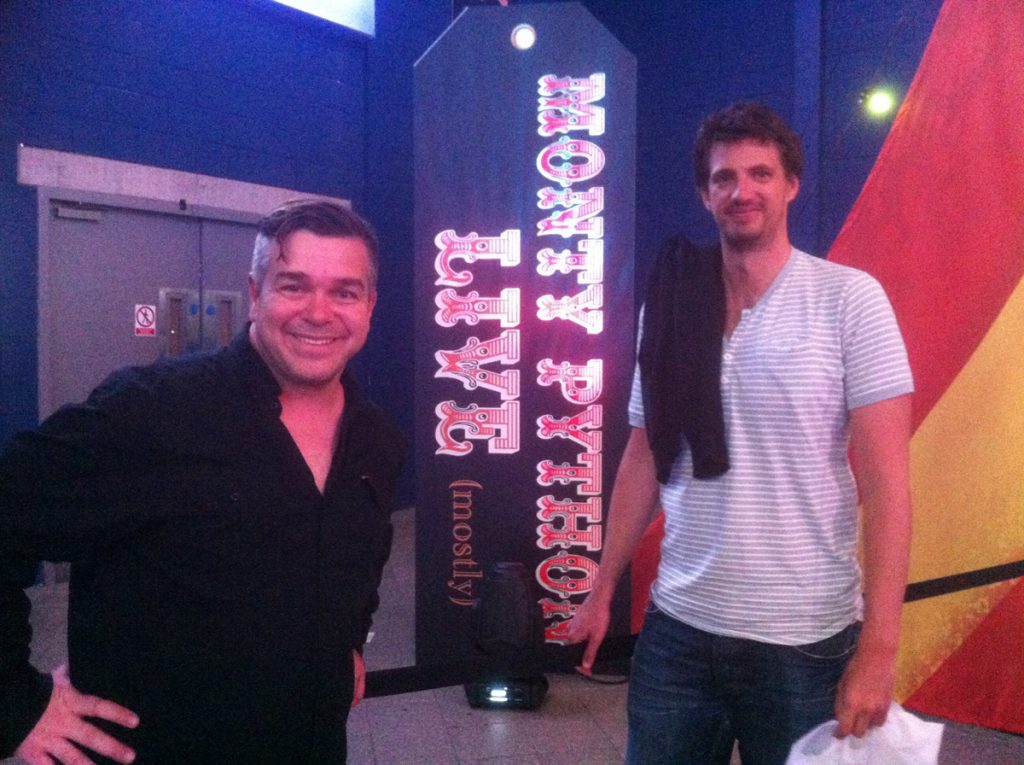
In fact I’ve now met Terry Gilliam and Michael Palin, seen John Cleese, Eric Idle and Michael Palin on their own tours and seen the remaining five members (Graham Chapman ceased to be and expired and went to meet his maker in 1989) as Monty Python in both London (at the O2 arena show) and New York (where they showed Monty Python and the Holy Grail at Tribeca Film Festival, introduced by Robert DeNiro with a Q & A by John Oliver). So when it came to planning our Scottish road trip, I was desperate to add some of the filming locations from Monty Python and the Holy Grail.
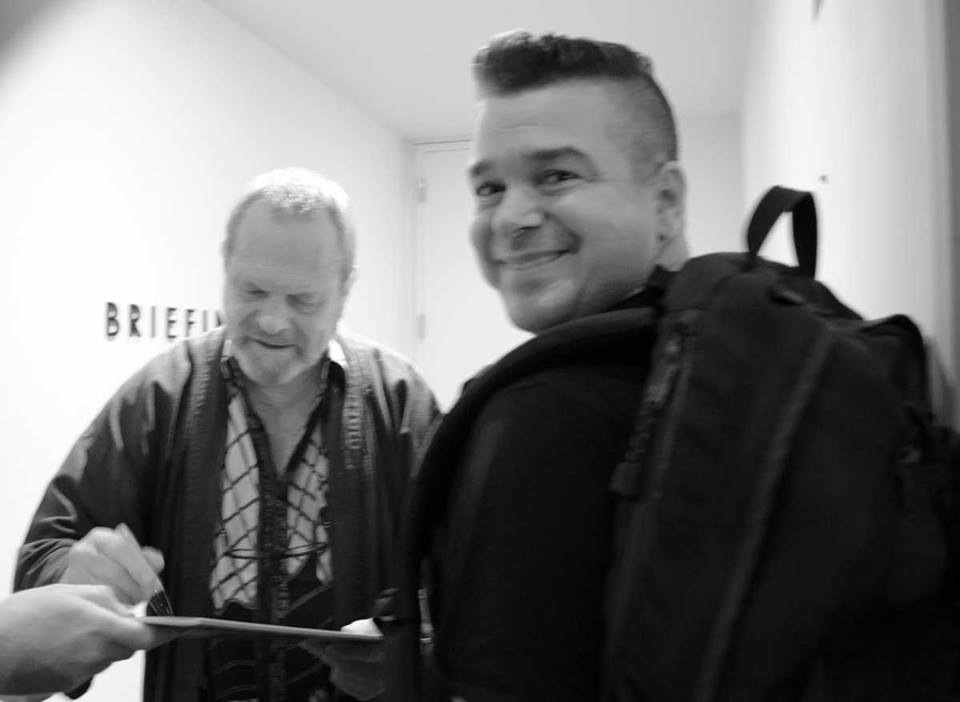
Monty Python and the Holy Grail was the first full length feature (I’m discounting their first film – And Now For Something Completely Different as it was just a remake of sketches from their Flying Circus TV series) and by all accounts it was cold, miserable and hell to shoot in the Scottish off season.
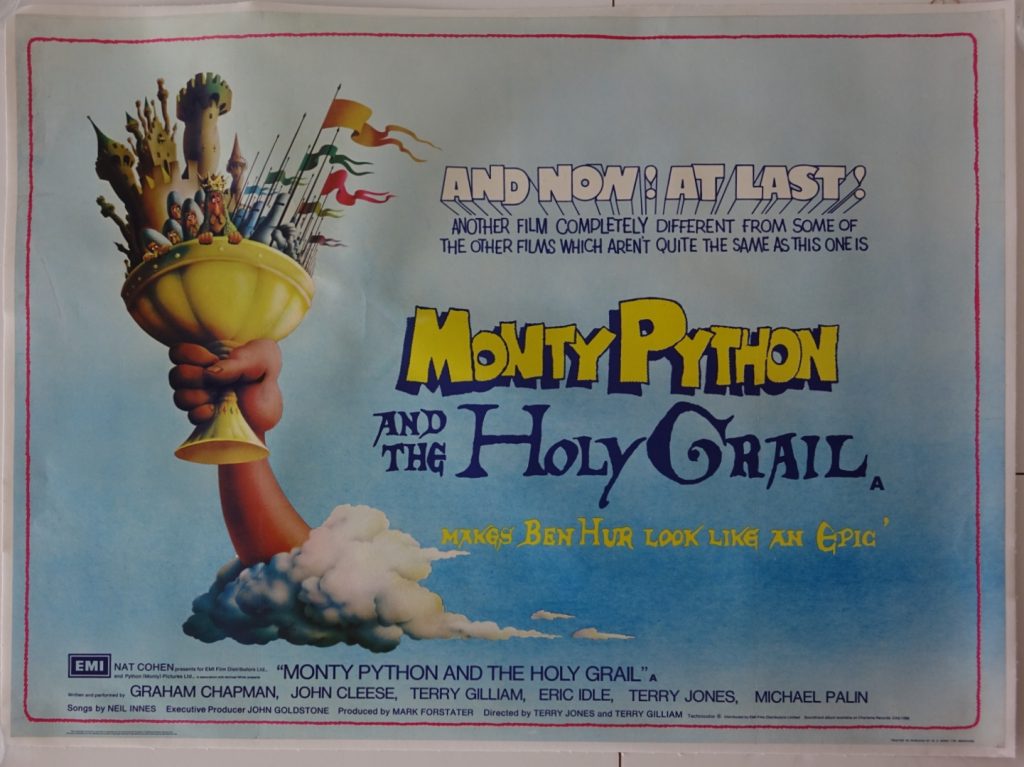
Filmed chiefly around Stirling and just near Oban, the film is a fictitious comedy featuring the Knights of the Round Table on their search for the most holy of grail (the cup it was said to have been used at the Last Supper). From King Arthur to Sir Galahad, the Pythons play multiple roles in ridiculous scenarios like a peasant in a peaty Bog ranting about the inequalities in the political system and a particularly salty French guard who taunts the knights from his castle. As they say, you have to see it.
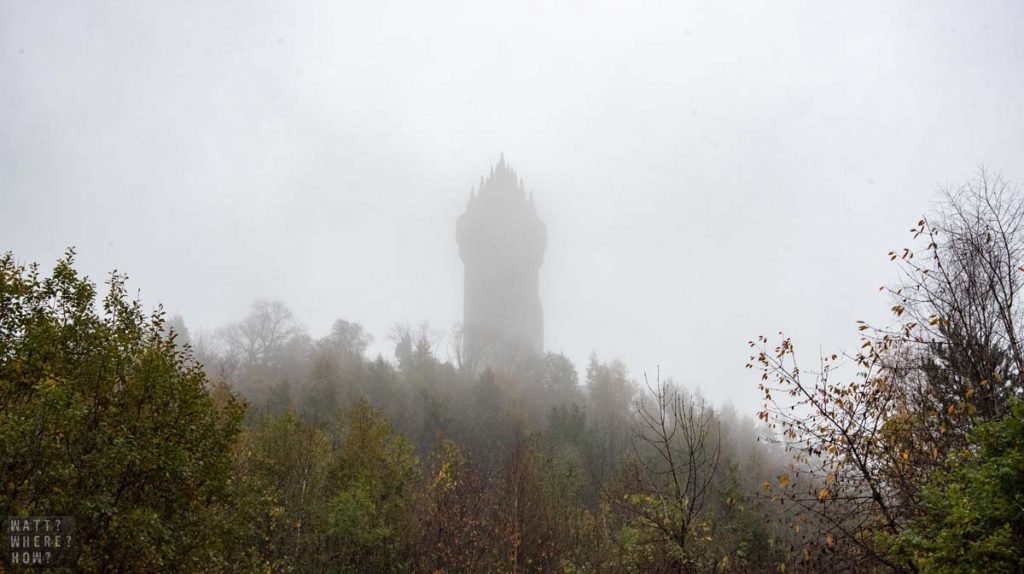
Driving from Stirling, it’s an appropriately miserable day with drizzle coming down in sheets and low lying clouds obscuring any chance of seeing the memorial to Scottish hero, William Wallace (yes, of Braveheart). It’s the first weekend of autumn and as we drive into the village of Doune, we’re greeted with a nasty surprise – Doune Castle is closed and the gates are locked.
Not ones to let a challenge get in the way, we drive through the village and parallel to the castle grounds where we find a quiet cul-de-sac and a style leading across a muddy paddock. Jess opts to stay in the warm, dry car while I venture into the mud. It’s slippery as hell and while tempted to also sneak a look at some other ruins a sign is pointing to, I stay focused on my quest, to seek the Holy Grail location.
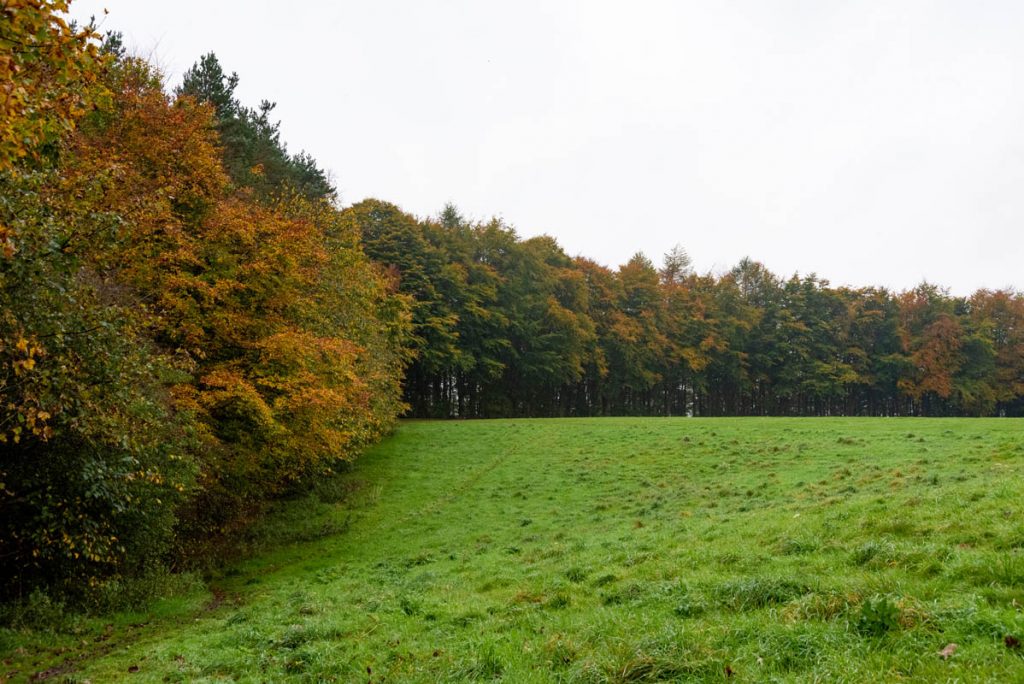
Sliding down a forty degree embankment, I find myself muddied, wet and stinging – it’s all stinging nestles. I’ve somehow managed to bypass the security cordon and find myself on an actual movie set. No, I haven’t gone back in time to 1974, but the castle looks just like it did in the movie with the addition of authentic looking stables and pens just outside the castle entrance. It’s really like I’m on their set.
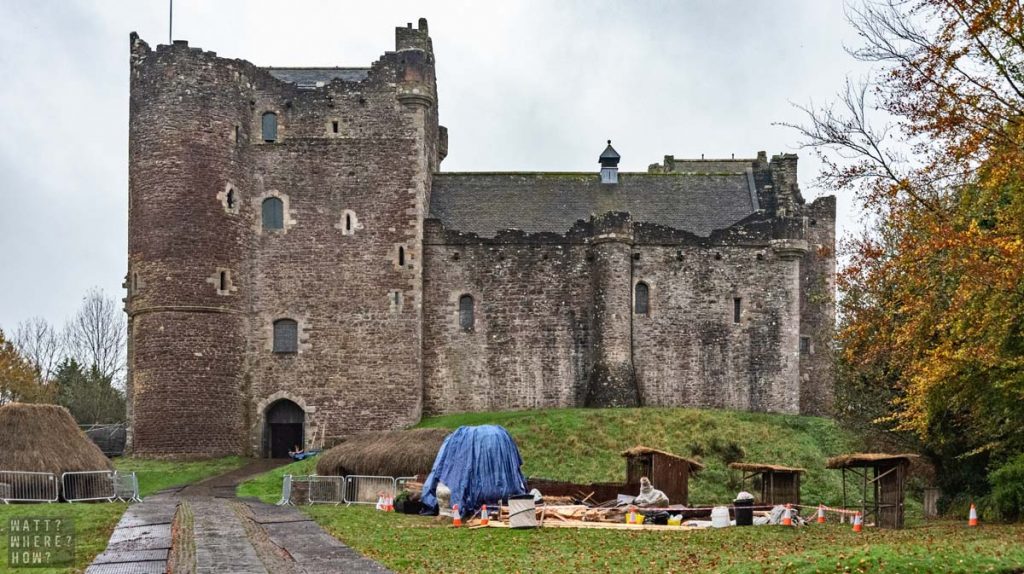
With nothing to lose and camera partially hidden under my arm, I approach the front of the castle – who’s going to stop a full frontal attack from a clueless lost Aussie? A burly security guard. That’s who.
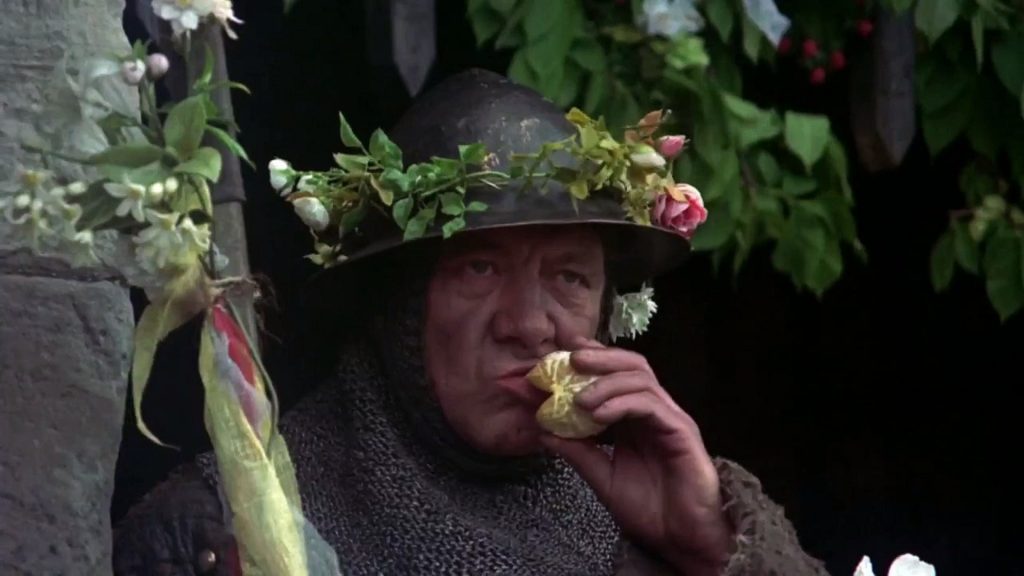
I heartily greet him and ask to be let inside. Nope, not having it. I change tack to tell him what a massive fan I am and it’s the only reason I’ve come to this muddy hellhole. Hard no. I’ve come all this way but can’t get inside. Time for Plan B.

Whereas the interior is used for many of the iconic scenes, it’s the rear ramparts that are most memorable. It is from here that John Cleese torments King Arthur with French taunts before launching cows and farting in his general direction. Admitting defeat to the security guard, I pretend to walk on down to the bike path before doubling back and diving into bracken ferns at the rear of the castle.
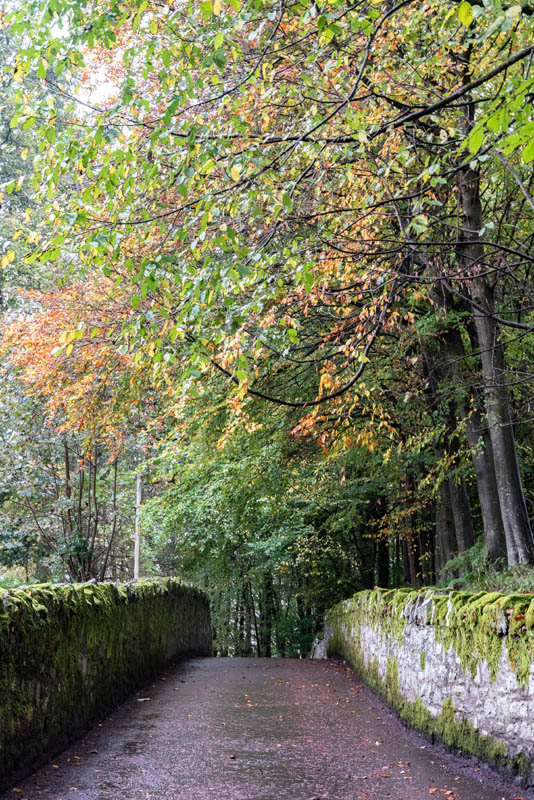
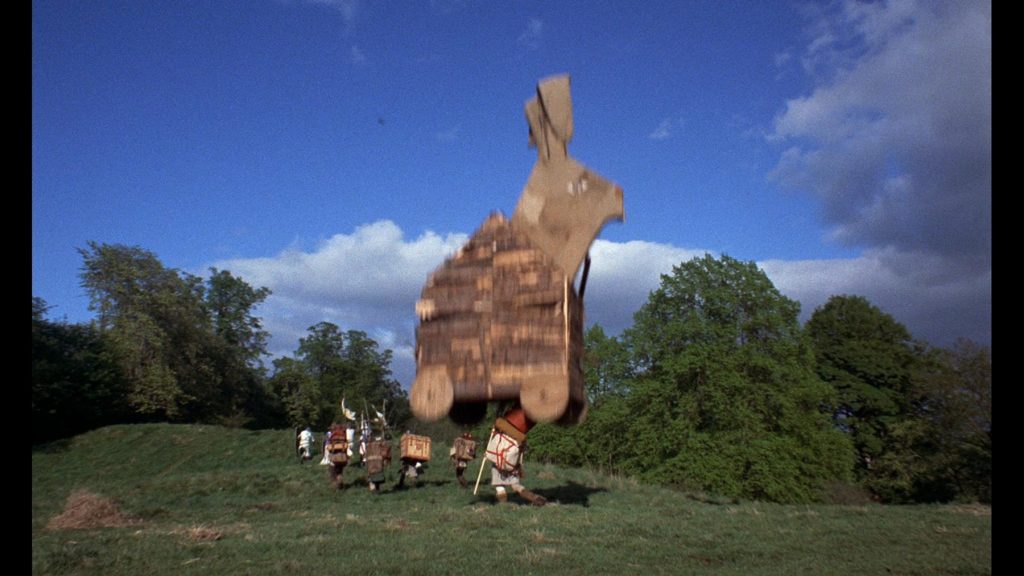
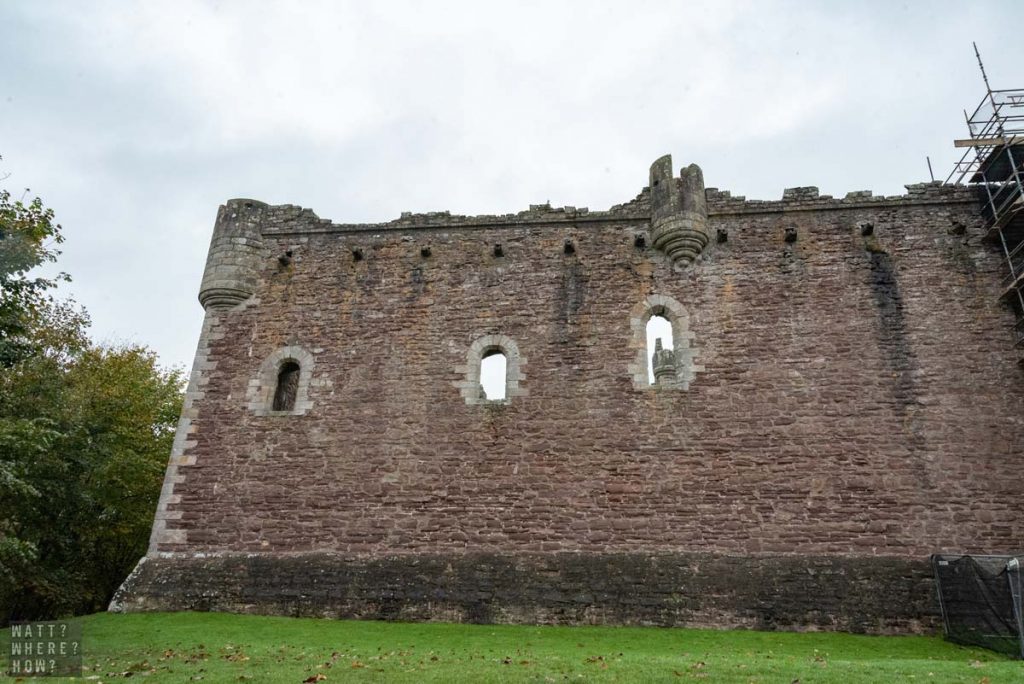
Extracting myself from fiercely sharp gorse and more stinging nettles, I sink deep into mud as I slowly and painfully pull my way up the bank to the clear grassy area behind the keep.
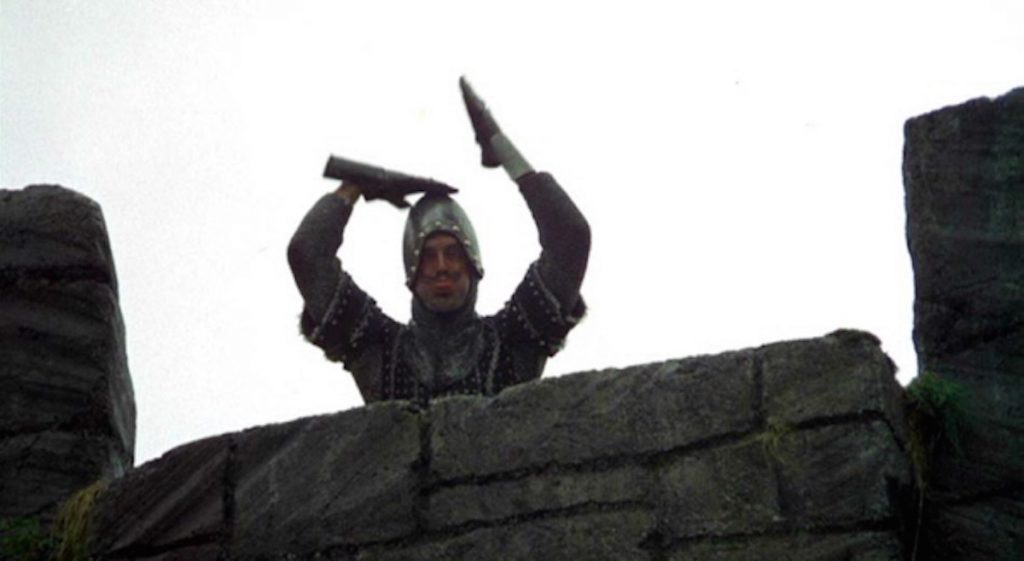
Above me, atop the famous wall, the French Taunter was played out. Behind, probably equally wet, cold and stinging would have been the rest of the Monty Python troupe. It’s a true fanboy moment and worthy of the itching, stinging sensation that takes most of the day to cool down.
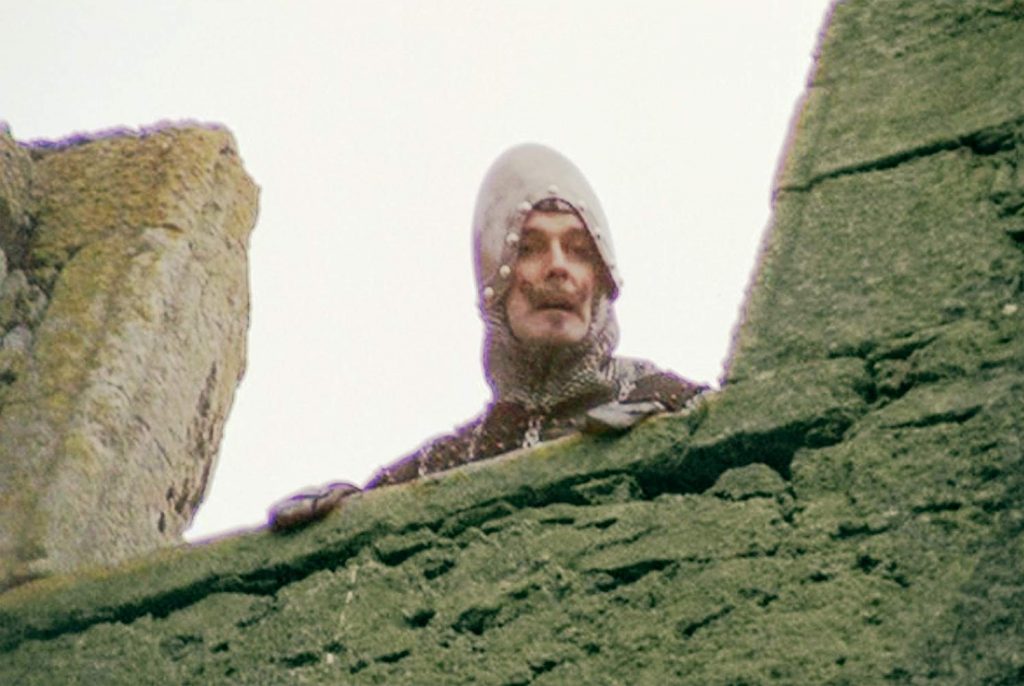
Sadly I can’t get inside to see the courtyard or main keep where 70% of the film was shot in the guise of being in multiple other castles but there may be a next time as it’s not that far to get to from Edinburgh.
Castle Stalker
Just outside Oban, in Scotland’s west coast lies a series of islands and bays. On the way from Mull to Glencoe, we have the chance to see Castle Stalker, just off xxx in the tidal waters of the xx loch. It’s a stunning setting that has lent its vista not only to Monty Python and the Holy Grail and one of the Highlander movies but also to the packaging on a tin of shortbread.
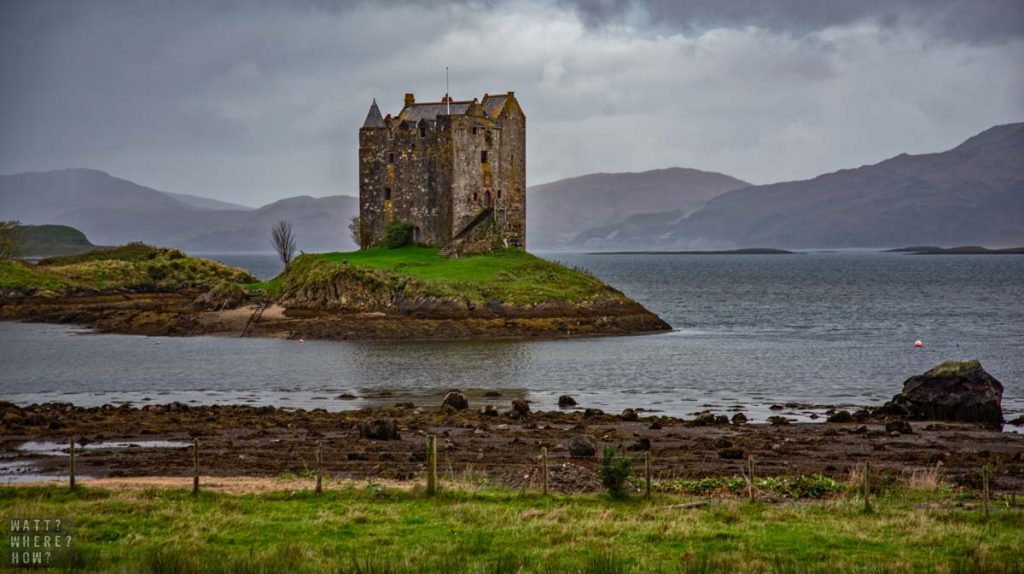
For Python fans this is the Castle Aaaaasarrrrrghhh, the supposed location of the Holy Grail. As the movie reaches its climax, King Arthur brings an army to storm the castle only to be arrested (by a squad of 1970s police) for the murder of a medieval historian (it’s a random moment earlier in the movie, that ping pongs between past and present for no reason other than complete absurdity). In true character, the police end up trying to obscure recording of the arrest by putting a hand over the lens and thus putting a premature end to the movie. Like I said, you just have to see it to get what’s going on.
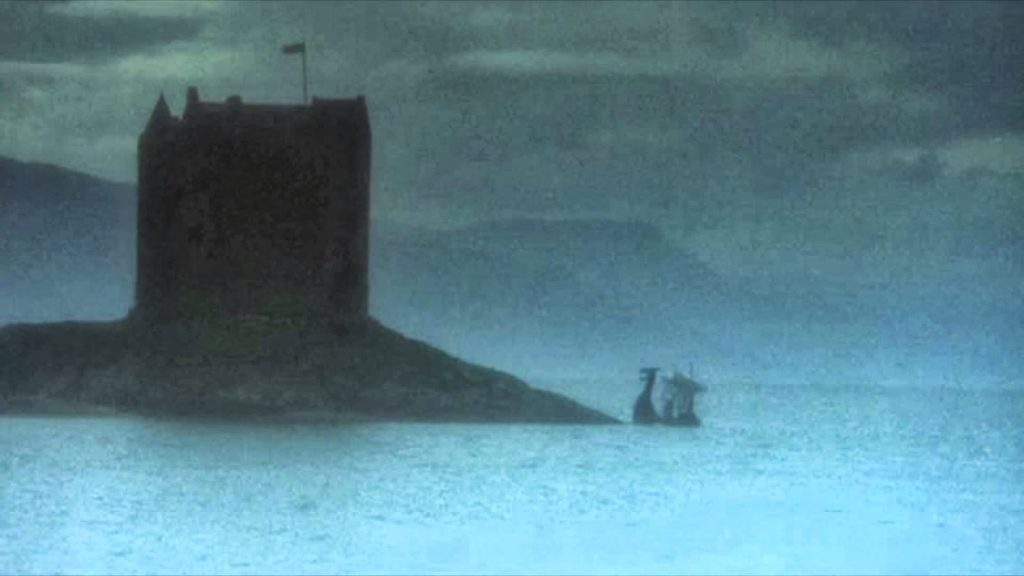

Castle Stalker is the kind of place you can appreciate even with no knowledge of its starring role. It’s shore access point is a little obscured from the main road and we were able to drive down between some old farm buildings to what is now a decommissioned rail station.
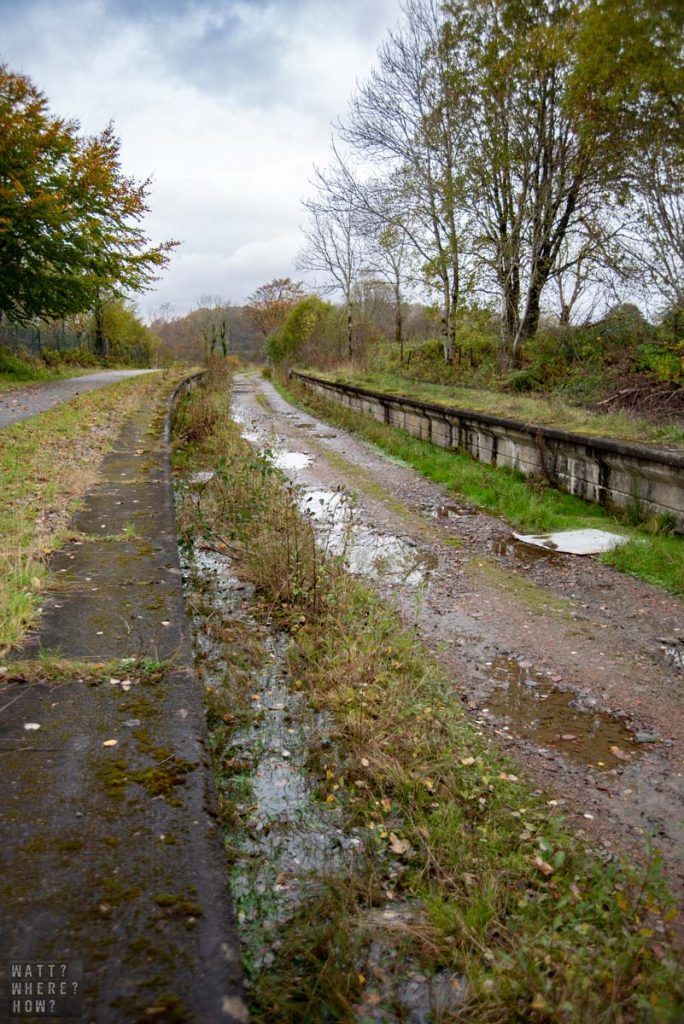
The platform is overgrown and local historical society signage explains its role and past. Walk beyond the old tracks and down to some ancient boat sheds where rusted rails extend down to the loch and there before you is quite the scene.
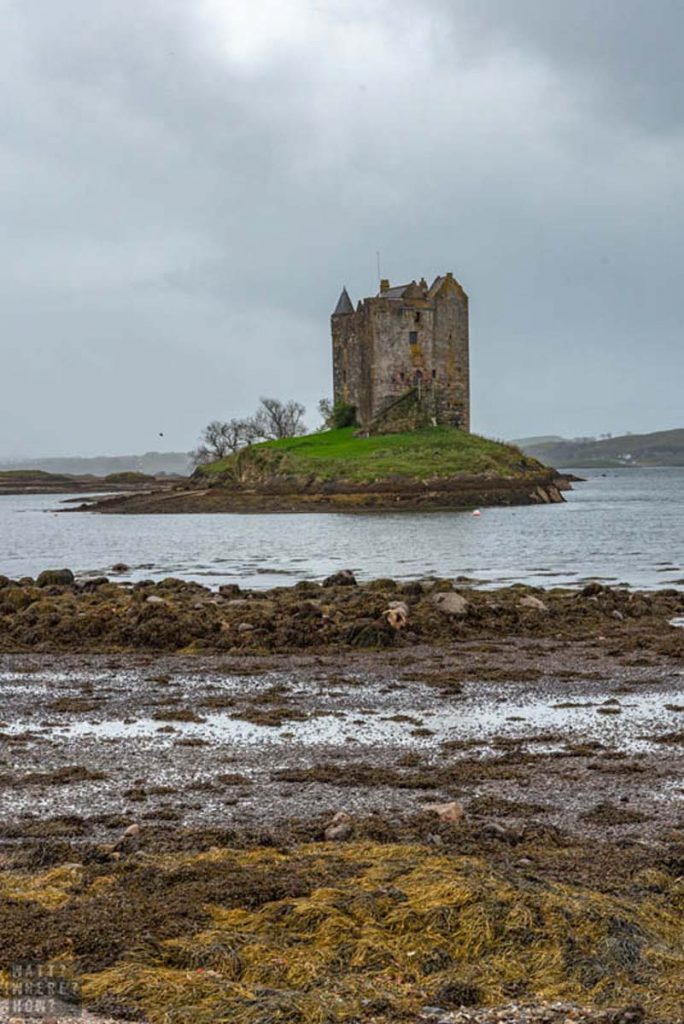
While an eager fan, I limited the location scouting to these two favorites but for the real Monty Python tragics, there are sites dedicated to matching scenes to locations. For example, the bridge of death scene was shot near Glencoe and the Black Knight was filmed in Essex.
Like it? Pin it!
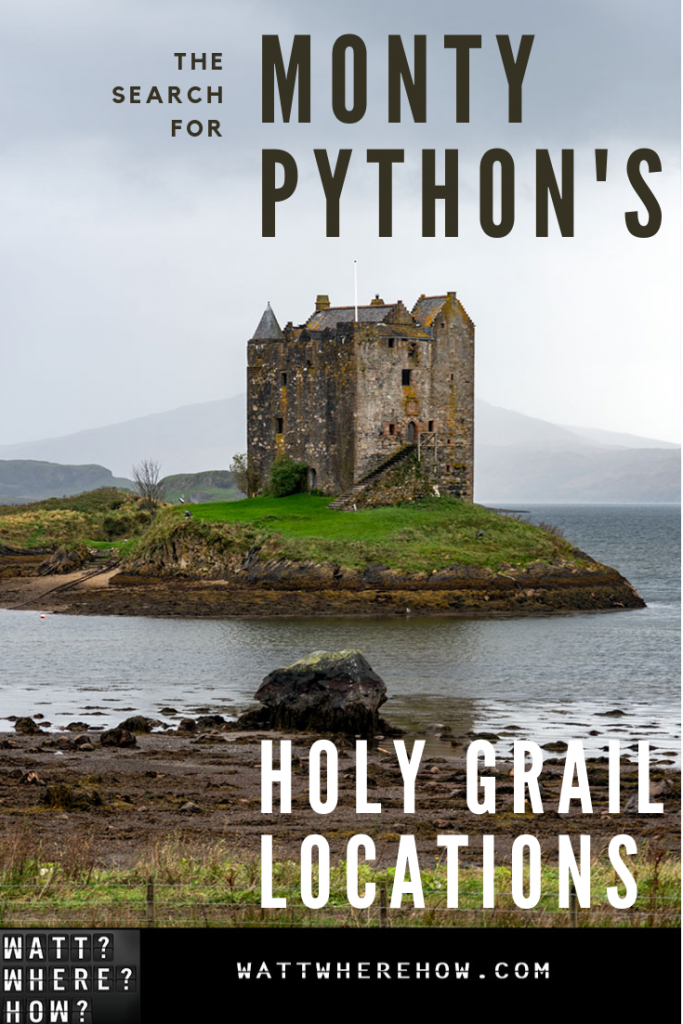
What?
Monty Python and the Holy Grail’s two main filming locations were just outside Stirling at Doune Castle; and at Castle Stalker, just north of Oban on the west coast.
Where?
Doune Castle – Castle Hill, Doune FK16 6EA, UK
Castle Stalker – The Castle is situated in Appin on the A828 between Ballachulish and Connel just north of Oban.
How?
In summer, Doune Castle is open to the public. Fans can buy Monty Python memorabilia, scripts and bottles of Monty Python’s Holy Ale from the shop at the front gate. Adults entry is £6.
Castle Stalker’s Tour prices for 2018 are £20 for adults and £10 for children under 16 with Family Tickets available for £50 ( 2 adults and up to 3 children ). We can arrange free trips for school parties ( max 12 ) and offer a 10% discount to local residents ( of Appin, Duror and Barcaldine ).
Follow & Connect with us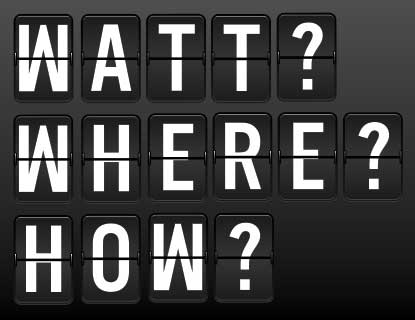

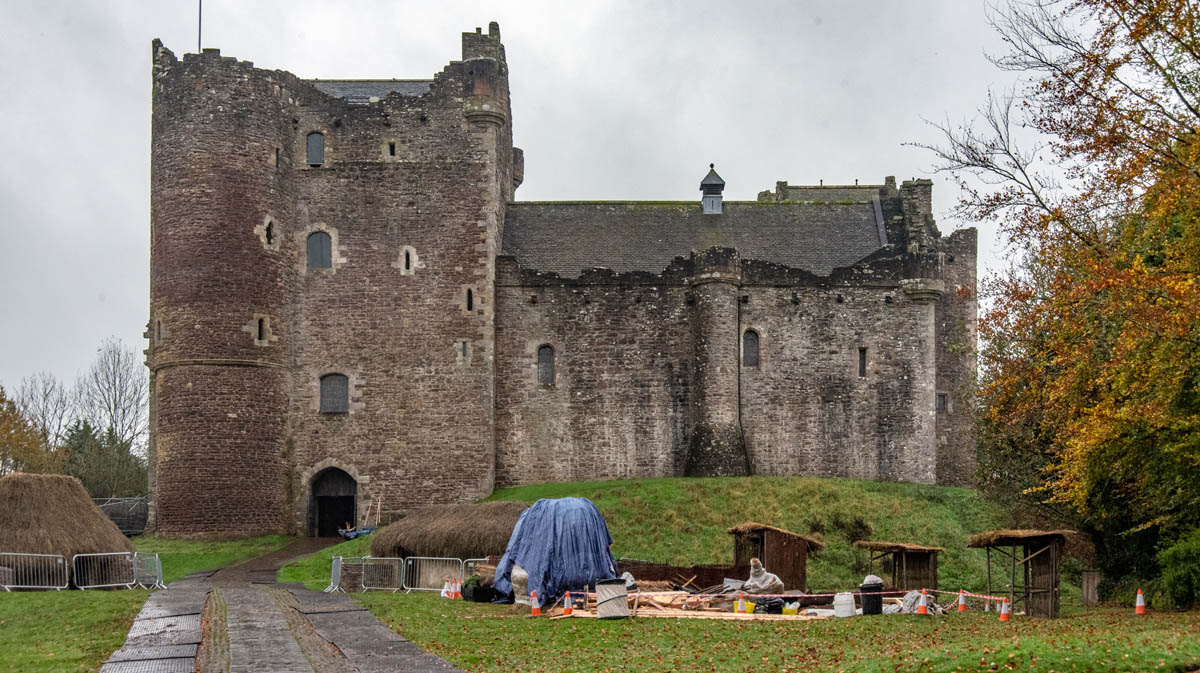
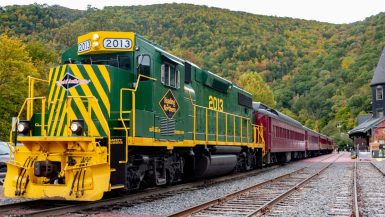
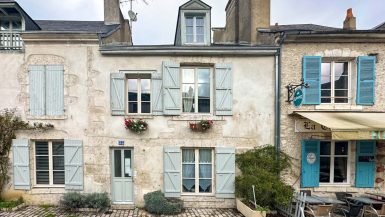
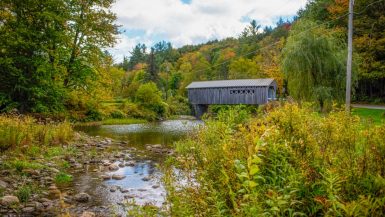
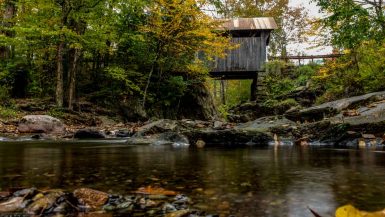
Nice post. Love when people use shows or movies as inspiration of places to travel. I’d love to tour some of the LOTR sites in NZ
Agreed. I’ve only ever been to the north island and would love to see the beautiful, barren wilderness of the south.
I’ve been to Stirling:)
Awesome. We only breezed through there to get the hire car. We would have liked to have seen the castle.
This is such a fab post, I loved the film but never really know where it was filmed, would love to visit these locations oneday myself!
Bernie’s a big fan, so it was super fun to see them in person. Thanks for popping by.